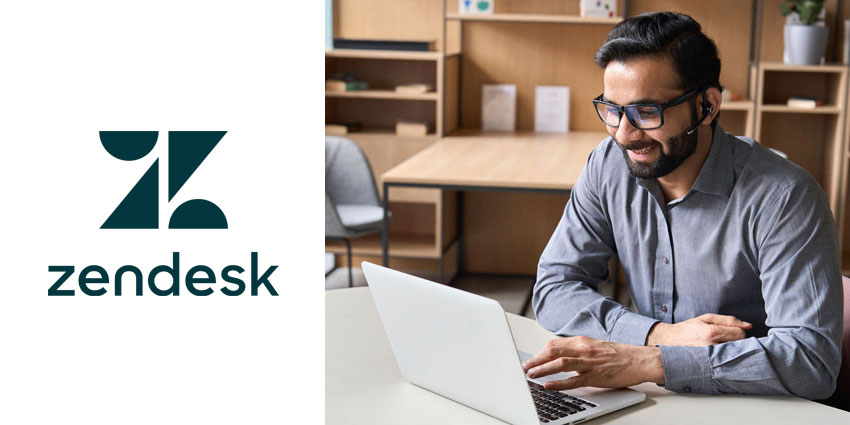History is replete with significant events that disrupt societies. COVID ranks as one of those. It ushered in bring-your-own-device (BYOD) from an outlier movement to a normal working lifestyle for millions of employees.
But with millions of remote devices comes a consequent rash of security issues. IT departments suddenly faced significant challenges in mitigating the threats of malware, data breaches, and rogue apps. Further still, many BYOD environments lacked visibility and suffered from decreased IT control.
When BYOD Wasn’t an Option
Before the advent of widespread remote working, IT managers were reluctant to allow employees to use their own devices.
Why? Because they couldn’t verify where or how these devices were used. Control over any aspect of a BYOD environment seemed limited at best.
Indeed, the dangers of having employees access sensitive data from anywhere, including unsecured networks, seemed a risky proposition.
Moreover, they could store information on unsecured, unpatched devices.
These are high-risk, highly compromised scenarios.
“Historically, IT departments couldn’t guarantee that a personal laptop would be updated with the requisite access policy and with the correct firewalls with antivirus protection,” said Gerard Adlum, Head of Content Strategy & External Comms at Thinscale. “And there was no visibility over what was running on someone’s laptop.”
Of course, goal of any IT department is to have a robust IT security framework that comprises dozens of complex technical issues.
Yet – as Adlum alludes – before Covid, guaranteeing security in a BYOD environment seemed an incredibly arduous task, especially while observing employee privacy and data protection laws.
Malware Is Everywhere
Perhaps the most daunting risk to a successful BYOD strategy is malware breaches. After all, when an employee doesn’t regularly perform security updates, malware can steal company data or instigate a ransomware attack. And threat actors never sleep.
“If a company has 30,000 employees with 30,000 devices that need to be updated with security patches and making sure that firewall policies are up to date, that’s a huge effort, even when it’s on site,” Adlum explained. “The challenge is infinitely more complex when employees are remote.”
The Device Is Out There. Now Get it Back?
Consider the globally dispersed workforce of call center workers. The high turnover rate of call center agents raises unique challenges for IT departments. Some might work for three months during a peak season and then leave.
How does an IT department remove sensitive data from an employee’s laptop? Does IT expect to get the device back?
“BYOD is a cost-efficient and an IT-efficient way of equipping overseas call agents,” said Adlum. “They use their laptop, and with the right security software, they can work securely and confidently that it’s a sound as a corporate device.”
The Solution: “The “Security Shell” Around Devices
ThinScale specialises in endpoint security and offers a highly secure way to protect devices in remote and hybrid settings.
“ThinScale offers very light touch software,” Adlum explained. “While you’re working, it creates a secure shell within your device. Employees only get access to the apps that your IT team has permitted.”
With ThinScale, an IT team can see what is running on the laptop and guarantee that the employee’s laptop is as secure as a corporate device issued from the head office.
“When the employee completes her workday or takes a lunch break, she logs out of the ThinScale software. The device is restored to its original settings at the start of the workday. Nothing has changed. The company has no visibility on the device. Her privacy is secured.”
And, when an employee leaves the company, Thinscale can remotely remove the company’s data. There is no need to send a courier to retrieve the hardware.
ThinScale software also provides IT departments with a single-window capability. That way, they can assess the status of security patch updates in the system and applications’ updates.
It provides exceptional monitoring precision. For instance, an IT manager can determine if one or all laptops need updating. IT departments don’t need the laptop onsite. They initiate updates remotely, with significant cost reductions in shipping and the carbon footprint.
“At the end of the day, it’s about peace of mind,” said Adlum. “With our software, IT departments can be confident that personal devices are as secure as corporate devices against potential threats.”
How Teleperformance Developed a Successful BYOD Strategy
Teleperformance is a global omnichannel company that provides customer acquisition management, technical support and customer care services. It is a leader in remote work opportunities and provides BYOD environments, including call centers. It currently operates in 88 countries.
Before the Covid epidemic, Teleperformance envisioned that hybrid and remote work would become a significant development. The arrival of Covid only accelerated the need to scale up remote work. And Teleperformance was well-positioned to meet that need.
“Covid demanded that we ramp up very fast to transition people from on-site to remote,” said Fabio Luis, Global Teleperformance Cloud Campus Lead. “To achieve that, we integrated ThinScale software to meet our stringent security certification requirements. They are essential partners in making remote flexibility and security work together.”
ThinScale allows Teleperformance to monitor globally dispersed workers. It also saves onboarding time by removing the need to procure and deploy thousands of devices.
“Because of Covid the way we operate today is completely different from the brick-and-mortar office. ThinScale allows us to control real-time alerts and onboard our agents faster,” explained Luis.
To find out more about how Teleperformance and ThinScale implemented a large-scale, secure BYOD strategy, watch the video below.
Build Your Own BYOD Strategy
Securing remote, on-site, and hybrid workforces is often an arduous, challenging process. But it doesn’t have to be.
Working with several large enterprises and BPOs – like Teleperformance – ThinScale enables safe, secure, and compliant BYOD experiences.
To learn more, visit ThinScale’s website.







